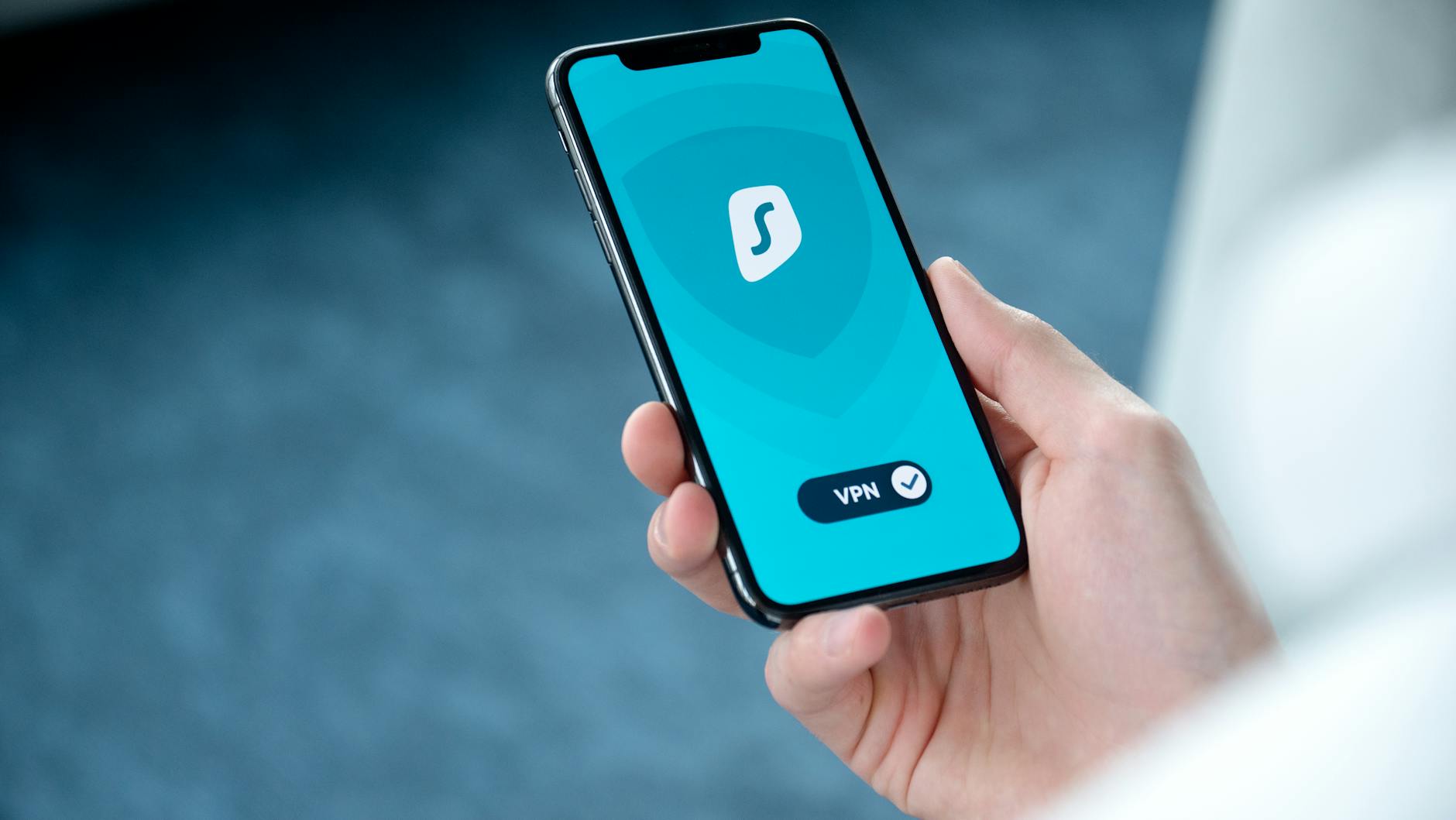In today’s digital age, where smartphones have become an integral part of our daily lives, ensuring the security and privacy of our personal data is paramount. One effective way to enhance the security of your device is by managing app permissions. By setting limitations on the information and resources an app can access, you can protect your data and maintain control over your device. Understanding how app permissions work and learning how to manage them can go a long way in safeguarding your privacy and security.
Understanding App Permissions
Every time you download and install a new app on your smartphone, you are prompted to grant various permissions to the app. These permissions determine what data and features the app can access on your device. Common permissions include access to your camera, microphone, contacts, location, and storage. While these permissions are necessary for certain app functionalities, it’s essential to be mindful of the access you grant to each app.
Why App Permissions Matter for Security
App permissions play a vital role in protecting your privacy and security. Granting excessive permissions to an app can expose your personal data to potential security risks and privacy breaches. For example, giving a flashlight app access to your contact list or location data is unnecessary and poses a security threat. By managing app permissions effectively, you can minimize the risk of unauthorized access to your sensitive information and prevent apps from misusing your data.
Tips for Managing App Permissions
1. Review App Permissions Regularly: Take the time to review the permissions granted to each app on your device. Check if the permissions requested by the app align with its core functionality. Revoke any unnecessary permissions to reduce the potential security risks.
2. Limit Location Access: Be cautious when granting location access to apps. Restrict location permissions to only those apps that genuinely require this information, such as navigation or weather apps. By limiting location access, you can protect your privacy and prevent apps from tracking your whereabouts.
3. Control Camera and Microphone Access: Monitor which apps have permission to access your device’s camera and microphone. Disable these permissions for apps that do not require them for their primary function to prevent unauthorized audio and video recording.
4. Manage Storage Permissions: Apps often request access to your device’s storage to save data or files. Review and restrict storage permissions for apps that do not need to write or read data from your device, minimizing the risk of data theft or malware infections.
Conclusion
App permissions are a crucial aspect of maintaining the security and privacy of your smartphone. By understanding how app permissions work and taking proactive steps to manage them effectively, you can enhance the security of your device and protect your personal data from potential threats. Stay vigilant, review app permissions regularly, and only grant access to information and resources that are essential for the app’s functionality. By implementing these simple yet impactful measures, you can boost your phone security with effortless limitations.



